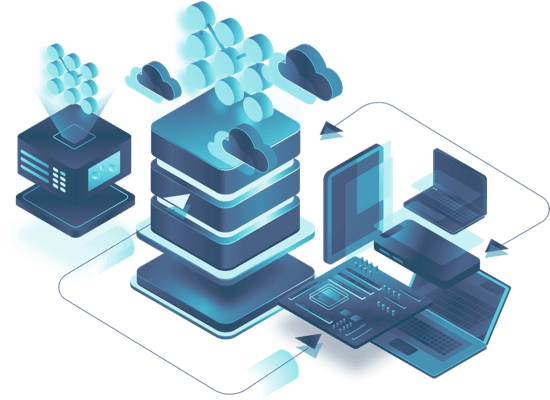According to Gartner, there will be almost 3 billion new internet-connected devices in 2018. Unfortunately, most of these devices lack basic security features, making them susceptible to hacking and being compromised. A few days ago, California took the first steps in making connected devices more secure with its “SB-327 Information privacy: connected devices” bill. This is a step in the right direction.
One basic security feature for connected devices is the ability to remotely and over the air (OTA) do firmware and software updates to patch security vulnerabilities. In a recent article on TechTarget, our own Thomas Ryd explains the main reasons why, if you are about to develop a homegrown OTA, you should stop doing it, and if you already have a homegrown OTA, why you should consider moving away from it for your next-generation products. Here are some of the hidden costs of homegrown updaters.
Read the whole TechTarget article.
Recent articles
The struggle to reach global markets for medical device manufacturers: The importance of international compliance
The differences between the US FDA’s device approval process and the EU’s medical device regulation (MDR): An essential dual-compliance framework for global manufacturers
Why OTA updates are now mission critical for future-proofed device lifecycle management
Learn why leading companies choose Mender
Discover how Mender empowers both you and your customers with secure and reliable over-the-air updates for IoT devices. Focus on your product, and benefit from specialized OTA expertise and best practices.



